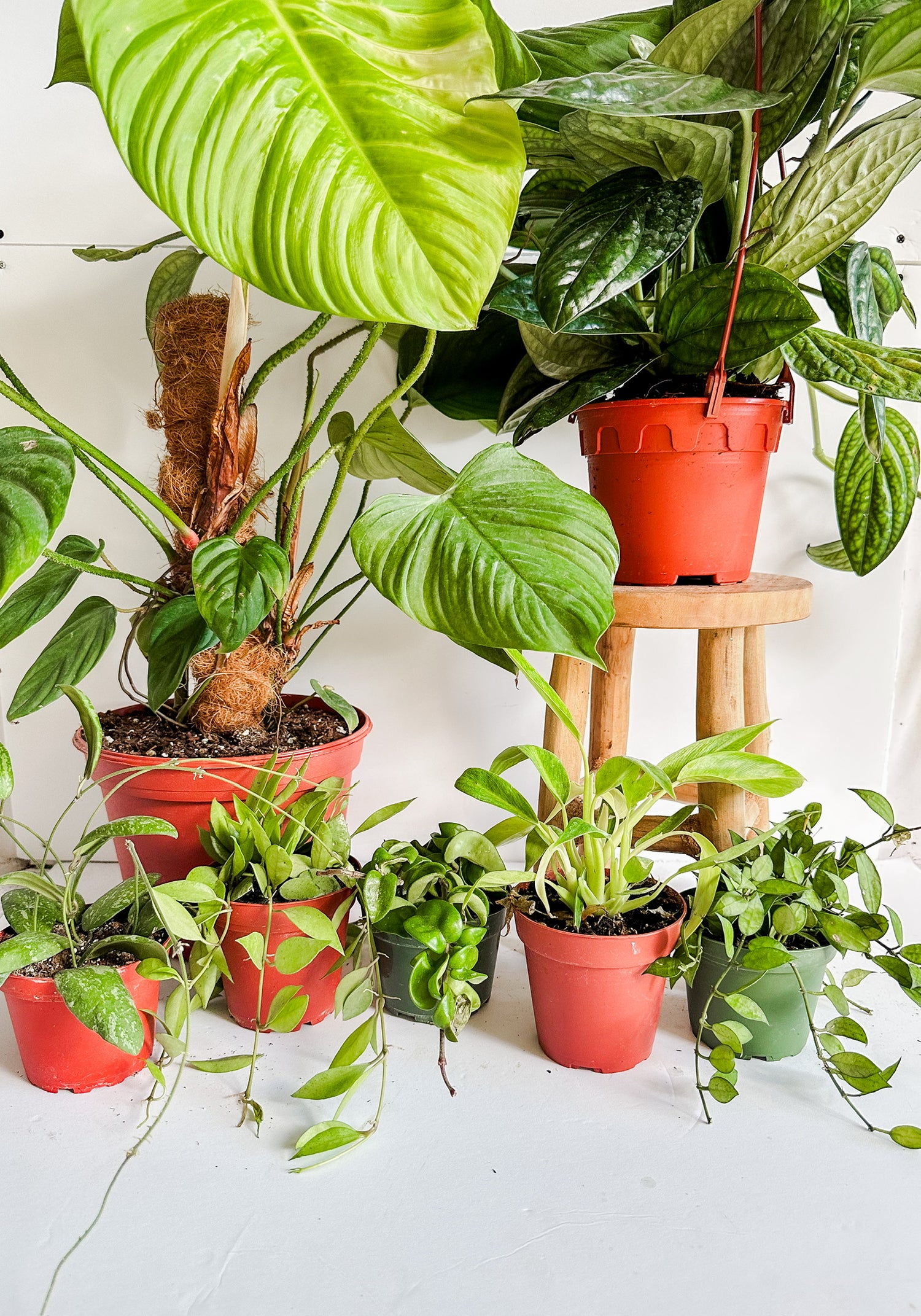Nepenthes alata, commonly known as the "winged pitcher plant," is a fascinating carnivorous plant known for its unique pitcher-shaped traps that attract and capture insects. Proper care is essential to ensure the health and vitality of your Nepenthes alata. Here are some care tips:
-
Light:
- Provide bright, indirect sunlight. Avoid direct sunlight, as it can scorch the leaves.
- A windowsill with filtered sunlight or a shaded area with bright, indirect light is ideal.
-
Temperature and Humidity:
- Nepenthes alata thrives in warm and humid conditions.
- Maintain temperatures between 70-85°F (21-29°C) during the day and slightly cooler at night.
-
Water:
- Keep the soil consistently moist but not waterlogged. Use distilled or rainwater, as tap water may contain minerals harmful to the plant.
- Water the plant by placing it in a tray of water, allowing the pot to soak from the bottom. Ensure the pot is not submerged.
-
Soil and Potting Mix:
- Use a well-draining, acidic potting mix. A mix of sphagnum moss, perlite, and orchid bark works well.
- Repot the plant when it outgrows its pot or when the soil begins to break down.
-
Feeding:
- Nepenthes alata is carnivorous and derives nutrients from insects captured in its pitchers. However, you can supplement its diet with small insects like fruit flies, ants, or other tiny bugs.
- Avoid overfeeding, as excessive nutrients can lead to unhealthy growth.
-
Humidity:
- Maintain high humidity levels around the plant. You can achieve this by placing the pot on a humidity tray, using a humidifier, or misting the plant regularly.
-
Pruning and Maintenance:
- Trim any dead or dying leaves or pitchers to maintain the plant's appearance and health.
- Nepenthes alata can produce vine-like growth, so you can train it to climb or hang from a support.
-
Pests and Diseases:
- Watch for pests like aphids, scale, and mealybugs. Remove them manually or use an insecticidal soap if necessary.
- Proper air circulation and avoiding overcrowding of plants can help prevent fungal issues.
-
Dormancy:
- Some Nepenthes species, including N. alata, may experience a period of reduced growth or dormancy during cooler months. During this time, you can reduce feeding and watering but still maintain humidity.


